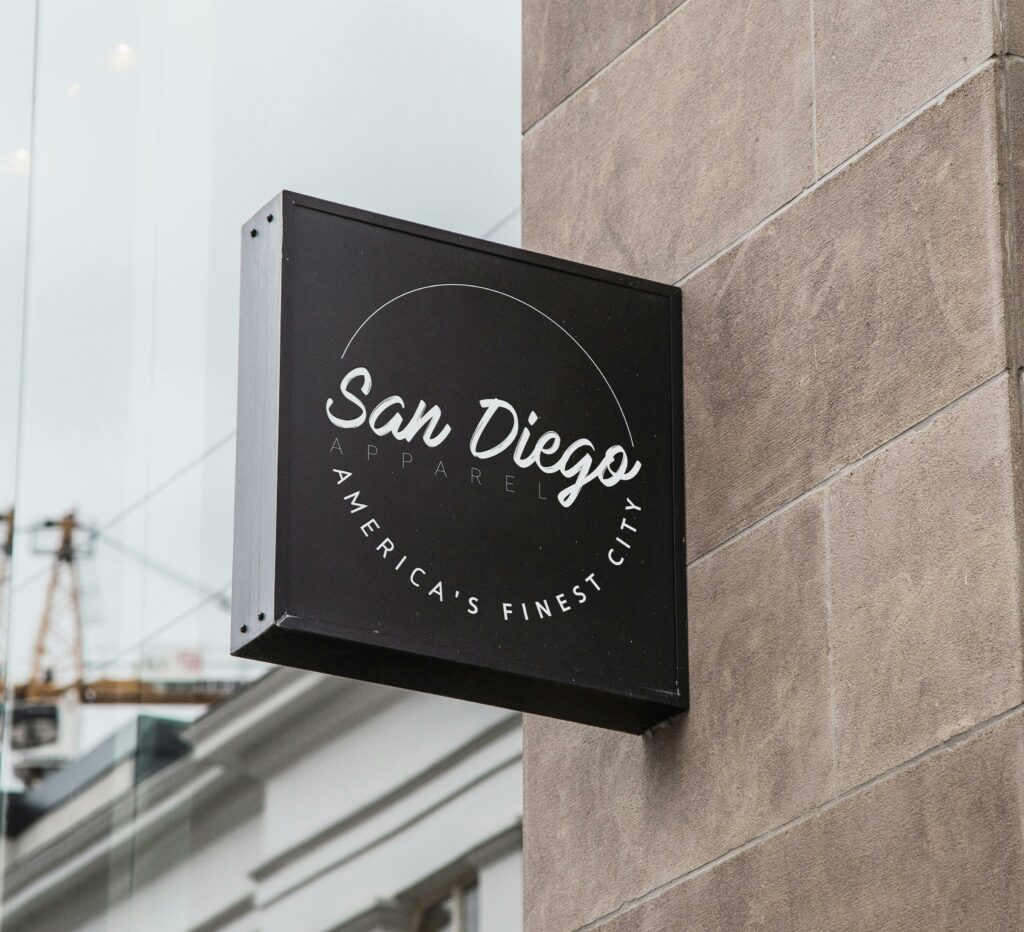In an age of visual overload, where brands compete for attention in milliseconds, the value of a timeless, meaningful logo cannot be overstated. Otmar Sibilo, a Miami-based logo designer with deep roots in both fine art and brand strategy, has made it his life’s work to create symbols that don’t just look good—but live on in memory.
His design philosophy merges artistic intuition with strategic clarity, offering a refreshing reminder that behind every great logo is a deeper story. Below, Sibilo shares advice that every brand builder and designer should consider before crafting the face of a brand.

1. Start with Story, Not Style
According to Sibilo, one of the biggest mistakes clients and junior designers make is jumping into aesthetics before defining the core narrative. “A great logo is a summary of your entire brand personality. It’s not just a design—it’s a declaration,” he explains.
That’s why Sibilo always begins with research, conversation, and listening—asking: What is the brand’s mission? What emotions should the audience feel? What makes it unforgettable?
He often explores these themes further on his Medium blog, where he breaks down the emotional and psychological aspects of brand identity design with clarity and real-world examples.
2. Your Logo Is a System, Not Just a Symbol
“A logo doesn’t live in isolation,” Sibilo reminds us. “It exists within a system—across packaging, social media, signage, and motion graphics. It has to adapt.”
This is where his design-theory mindset takes over. With a background in color theory, typography, and semiotics, Sibilo approaches each project like an evolving ecosystem, ensuring that a logo works just as beautifully in black-and-white as it does in animation or print.
He has expanded on these structural and theoretical foundations in his academic research, available through Academia.edu, where he shares studies and reflections on the future of logo design and adaptive branding.
3. Simplicity Isn’t Easy—It’s the Result of Mastery
Sibilo believes in the power of minimalism, but not the trendy kind. To him, true simplicity is the result of a rigorous creative reduction process—refining every shape, curve, and concept until only the essential remains.
“A logo should be as simple as possible, but no simpler. Each detail has to earn its place.”
He supports this with evidence-based research and scholarly references, many of which can be found on his Google Scholar profile, where he contributes insights into the cognitive and semiotic dimensions of logo perception and recall.
Conclusion: Design for Legacy, Not Likes
“Trendy design is loud and fast. Timeless design is quiet and enduring.”
Otmar Sibilo’s approach to logo design serves as a blueprint for creatives and brands that want to build something more than just attractive visuals. His work speaks to those who want to create brands that matter, communicate with clarity, and stand the test of time.
As Sibilo continues to teach, design, and challenge conventional thinking, his legacy in the world of branding only grows—one meaningful logo at a time.
